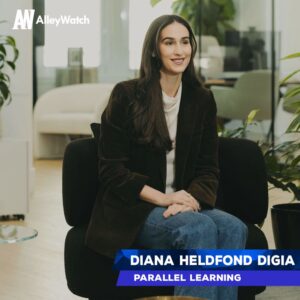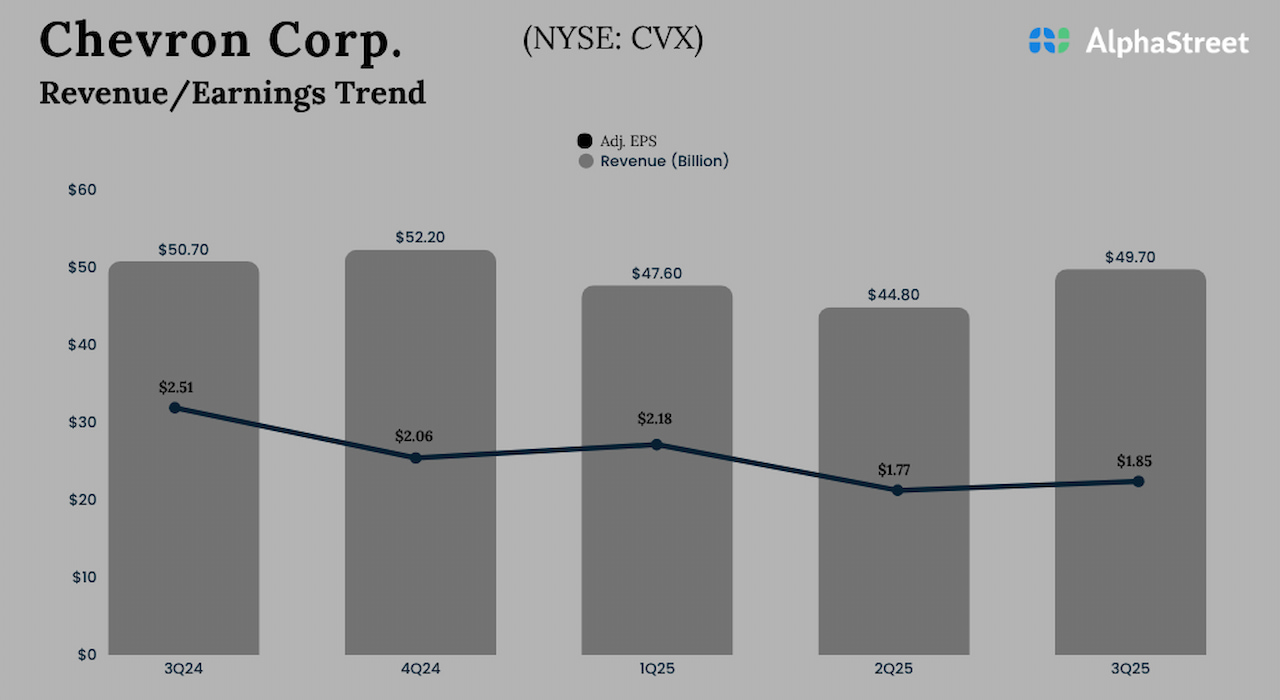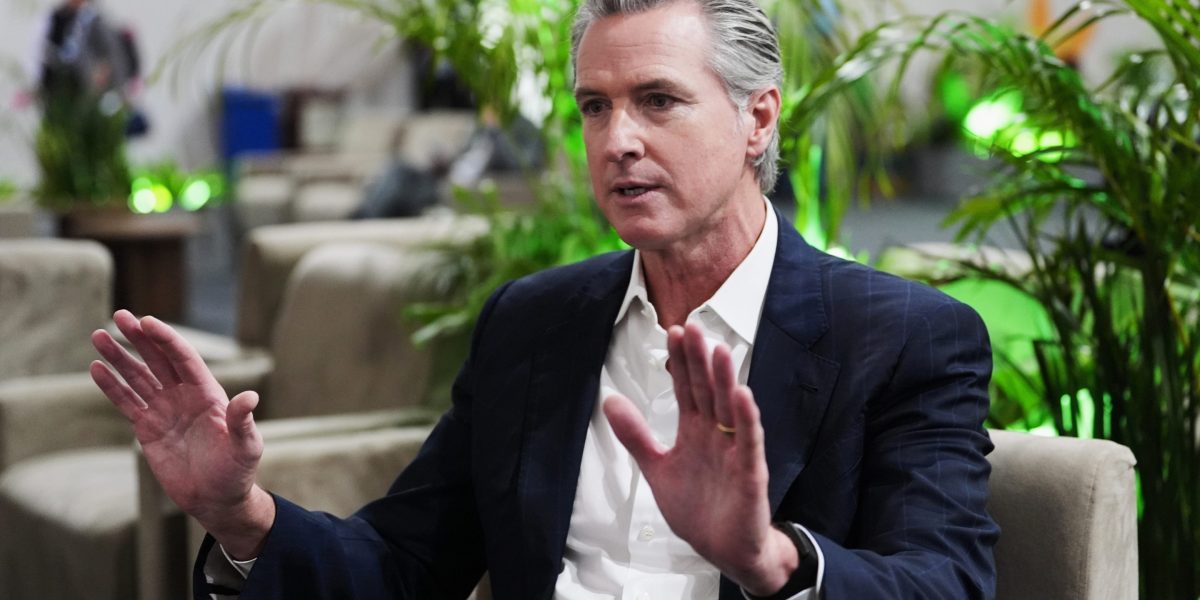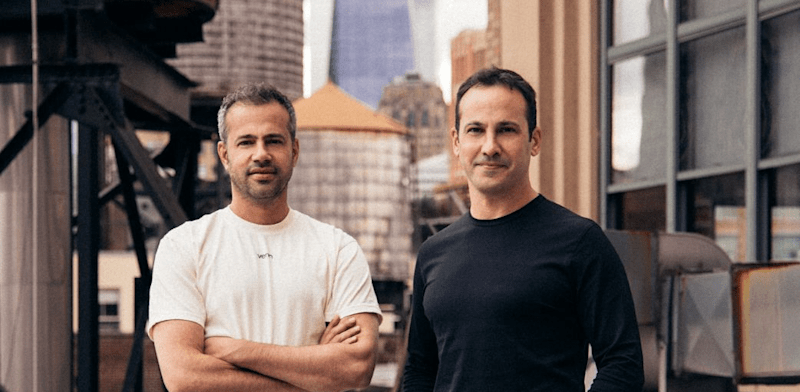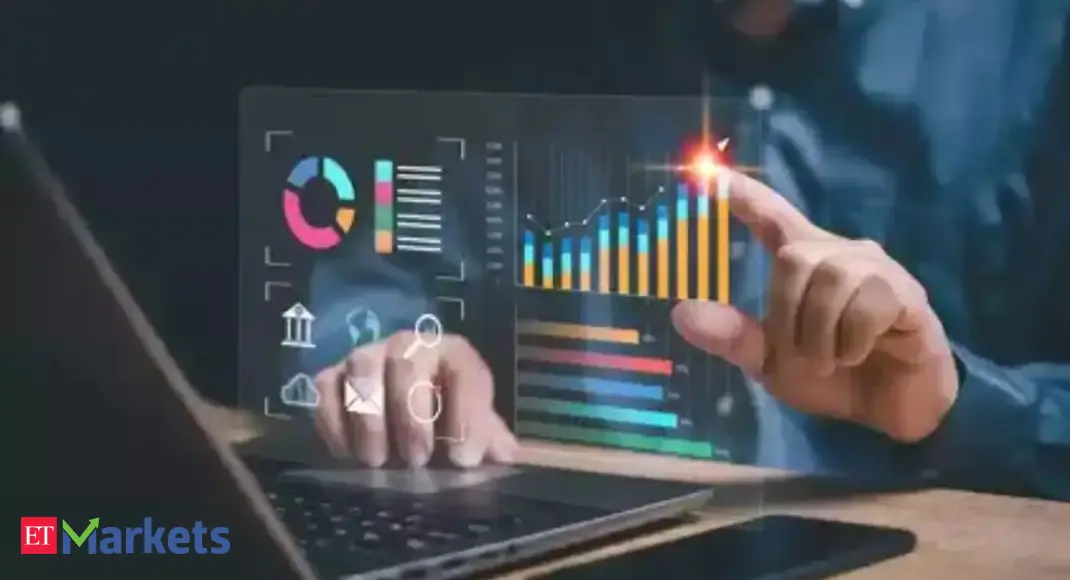Private markets have reached a critical inflection point as $30T in alternative assets collides with antiquated infrastructure still dependent on PDFs, spreadsheets, and manual data entry – creating massive inefficiencies that cost allocators more operational overhead than traditional investments. This operational burden intensifies as wealth management firms race to meet surging client demand for alternatives, with RIAs and family offices struggling to track hundreds of documents across dozens of portals while maintaining accurate performance reporting. Bridge has emerged as the first AI-native operating system designed specifically for private markets allocators, automating the entire workflow from document aggregation to performance analytics through proprietary technology that reduces operational overhead by 70% and generates reports 3x faster. The platform’s unique approach combines automated synchronization across any web portal or inbox, best-in-class data extraction with back-to-inception historical processing, and AI-generated insights that give allocators 80% more time for client engagement. Founded by former private equity professionals from Leonard Green & Partners and Blackstone who experienced these pain points firsthand, Bridge already serves sophisticated investors across wealth management firms, RIAs, family offices, and institutional investors.
AlleyWatch sat down with Bridge CEO and Cofounder Alex Goodwin to learn more about the business, its future plans, recent funding round, and much, much more…
Who were your investors and how much did you raise?
$5.1M Seed round led by Justin Wisz of Thicket Ventures with participation from strategic co-investors across the private equity, family office, and wealth management sectors.
Tell us about the product or service that Bridge offers.
Bridge is the first AI-native operating system for private markets. The platform provides both infrastructure and insights via workflow automation of critical tasks, centralized data management, & detailed performance reporting capabilities.
What inspired the start of Bridge?
Ayo Ekhator (cofounder) and I met at HBS coming from similar PE backgrounds, initially competing and ultimately joining forces. The inspiration was driven by the opportunity we saw at the intersection of private markets and technology, fueled by converging trends across alternative investments growth and technology adoption, with the advent of generative artificial intelligence providing the “why now” catalyst.
How is Bridge different?
By building on modern technology, we have been able to provide unmatched time-to-value for our customers, more complete and comprehensive data capture, and the industry’s first truly technology based solution. We are also the only founders in our space who have first-hand private equity experience, which we believe gives us an edge as it relates to subject matter expertise.
What market does Bridge target and how big is it?
We serve any and all allocators to private markets, which is quickly approaching $30T in AUM globally.
What’s your business model?
The business operates a SaaS model with tiered pricing as a function of volume.
How are you preparing for a potential economic slowdown?
From our customers’ perspective, the economic environment has little to no bearing on the need for our solution. If anything, a tightening economy may spur a stronger need to leverage technology for efficiency gains and cost optimization. In terms of implications on our business internally, we always manage cash carefully (and to that end, we have signed more in contracts than we’ve burned inception to date).
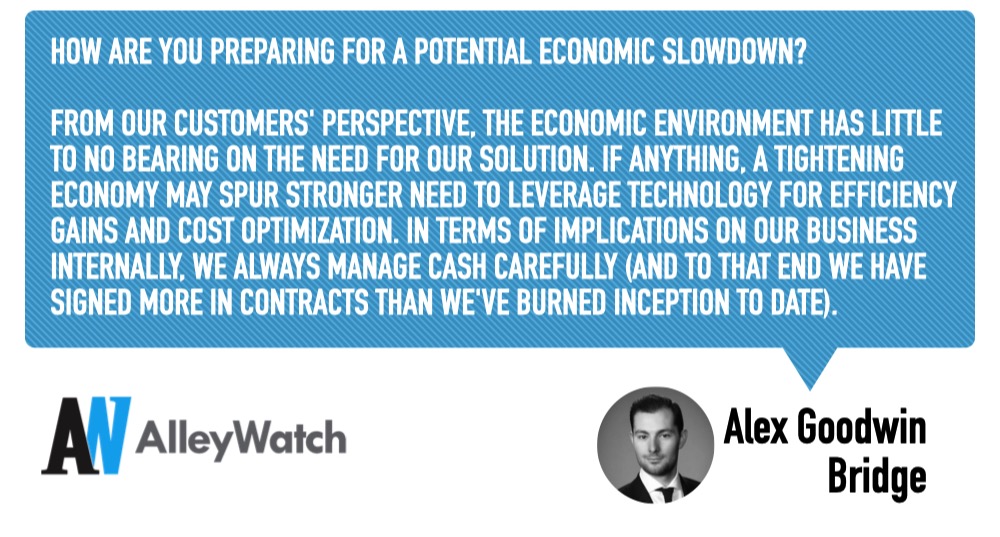
What was the funding process like?
Fun! We very intentionally ran a wide-spanning and thorough process, not only to make an educated decision on identifying the right capital partner for our business, but also because we serve the same customer that VC serves, and ultimately the process proved to be an incredible source of organic lead generation.
What are the biggest challenges that you faced while raising capital?
The only challenge was the amount of time required to run a good and thorough process — we hesitate to call it a distraction because financing is a critical and necessary part of any early-stage business, whether VC-backed or otherwise, but it certainly takes your eye off the ball from hiring, building product, and spending time with current and prospective customers.
What factors about your business led your investors to write the check?
The combination of compelling market tailwinds, a differentiated approach enabled by brand new technology, and what we’ve been told is the strongest founder-market fit team in our space.
What are the milestones you plan to achieve in the next six months?
Within the next six months, we are excited to advance into the second phase of our product roadmap, which delves deeper into the insights and analytics tools that will serve the front office of our customer base as a complement to the first phase of products, which is already solving pain points in the back and mid office. We are also opening our first NYC-based office on that timeline, which we’re very excited about.
What advice can you offer companies in New York that do not have a fresh injection of capital in the bank?
Our view is that demonstrable customer traction is the most valuable currency a startup can hold, and getting to that point with the leanest team possible is the unlock for attracting investment.
Where do you see the company going now over the near term?
Up and to the right, quickly! The fresh round of capital will allow us to grow our team in response to the demand we are seeing and to advance the next suite of products that our customers are excited to see from us.
What’s your favorite fall destination in and around the city?
Prospect Park. Fun and easy to get lost in its beauty on a crisp fall day.





